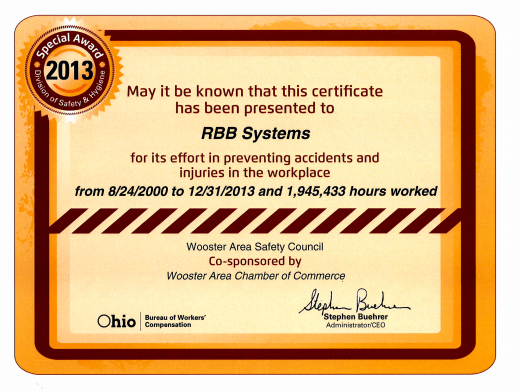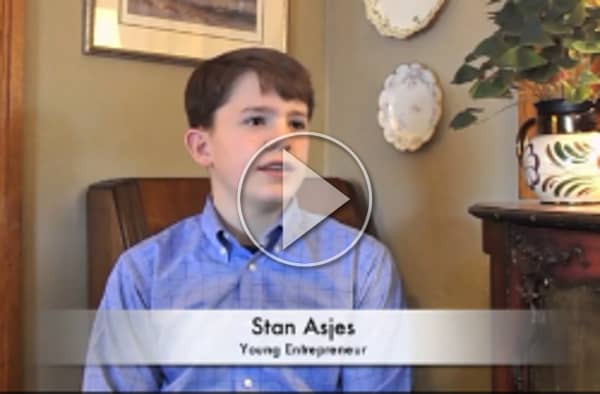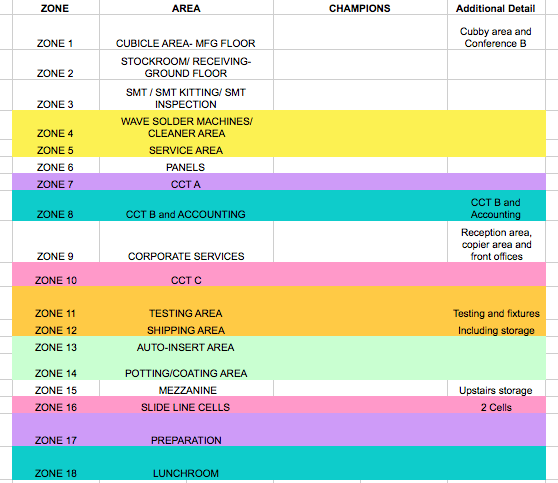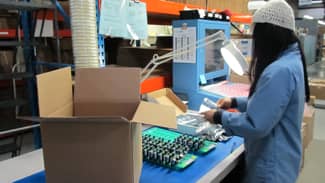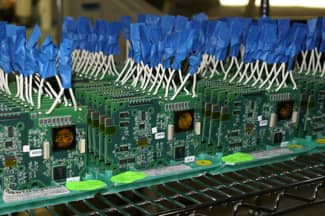I know. Like a woman in her first trimester of pregnancy it makes some folks uncomfortable to publicize good news too early. But there comes a time when recognition is not just appropriate, it’s overdue. I believe we have reached that time now.
When trying to decide what I was going to blog about this week, I decided to move away from the marketing themed blogs. As I've said before, I love all things tech and marketing related. However, this past week was very enlightening for me both personally and professionally. I volunteer with an organization called Net Impact, which is: “a global association formed to mobilize a new generation to use their careers to drive transformational change in their workplaces and the world.” The mission of Net Impact Boston is to connect like-minded professionals who aim to use business as a force for environmental & social impact by providing events, dialogue, and resources for companies and individuals.
Recently, my wife and I joined 14 others from our church on a mission trip to Guatemala. While there were many uplifting spiritual rewards for both the givers and receivers of this grace, in this post I’d like to share several key business lessons that emerged as well.
RBB’s 6S Program
Everyone at RBB feels a responsibility for keeping our facility and everything (and everyone!) in it in good working order. We look for every possible way to ensure that the custom electronic boards that leave our facility are pristine, and have been built efficiently and exactly to our customer’s specifications. To do that, we need clean areas so we can focus on the job at hand. We need a well-maintained facility and a dedication to keeping personal spaces as neat as possible.
Once in a while, a customer comes to us with a PCB assembly job where they already have parts on hand wanting to know if we can incorporate these existing parts into their job. The parts may have been purchased because a bulk order was needed to get the one or two pieces for a prototype or maybe the customer used to produce the boards in-house and has a remaining inventory of components. Regardless of the reason, most times, we can incorporate these into the job without issue.
As you’ve learned in Part 1 and Part 2 of this series, much of the actual work in getting your custom electronics job processed is completed well before it ever goes into production. In this final part of the series, we’ll walk through what to expect during the first production run and the follow up process, and how the relationship is maintained after the receipt of the first order.
In our Part 1 of this series, we discussed the needs assessment and quote preparation stages of the order flow and how important they are to a successful project. The process continues as we enter into the launch phase, which starts once an order is received for a new PCB assembly.
On Thursday, January 16th, 2014, in front of a crowd of 800 local business and community leaders, RBB was greatly honored to receive the 2013 Quality Growth Award from the Wayne Economic Development Council (WEDC) at the Annual Dinner of the Wooster Area Chamber of Commerce.

